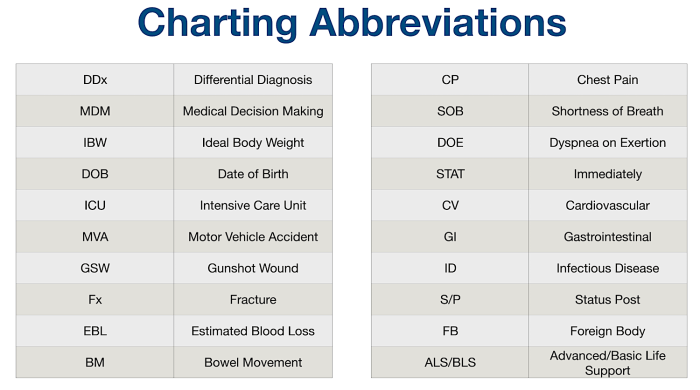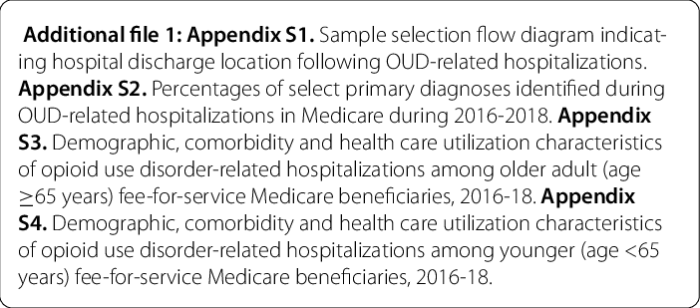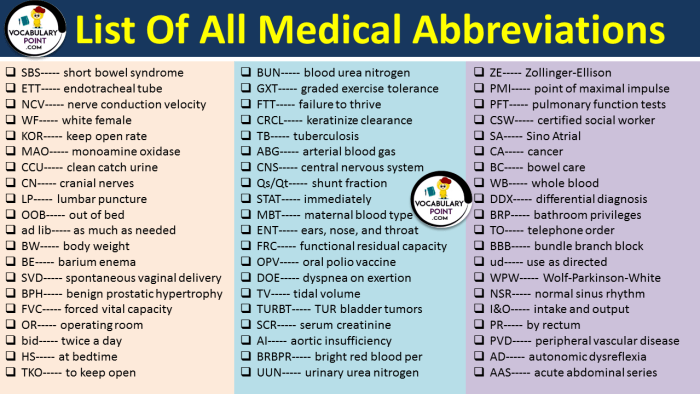OUD medical abbreviation stands for Opioid Use Disorder, a serious condition characterized by compulsive opioid use despite negative consequences. This disorder can have severe physical, psychological, and social implications, affecting individuals from all walks of life.
The symptoms of OUD can vary widely, but common manifestations include cravings, withdrawal symptoms, tolerance, and continued use despite harm. The causes of OUD are complex and involve a combination of genetic, environmental, and individual factors.
Opioid Use Disorder (OUD)

Opioid use disorder (OUD) is a chronic, relapsing brain disease characterized by compulsive opioid use despite negative consequences. It is considered a substance use disorder and can lead to significant impairment in various aspects of an individual’s life, including health, relationships, and employment.
OUD Symptoms
The symptoms of OUD can vary depending on the individual and the severity of the disorder. Common symptoms include:
Physical symptoms
Withdrawal symptoms (e.g., sweating, shaking, nausea, vomiting, diarrhea), constipation, respiratory depression, seizures, and overdose.
Psychological symptoms
Anxiety, depression, irritability, mood swings, impaired judgment, and hallucinations.
Behavioral symptoms
Compulsive drug use, impaired social functioning, neglecting responsibilities, and engaging in risky behaviors.
OUD Causes

The exact causes of OUD are not fully understood, but it is believed to be a complex interaction of genetic, environmental, and individual factors.
Genetics
Studies have shown that genetics play a role in OUD susceptibility, with certain genes influencing an individual’s response to opioids and risk of developing addiction.
Environment
Exposure to traumatic events, childhood abuse or neglect, peer pressure, and lack of access to treatment can increase the risk of developing OUD.
Individual factors
Certain personality traits, such as impulsivity and sensation-seeking, may also contribute to OUD development.
OUD Diagnosis
OUD is diagnosed based on specific criteria Artikeld in the Diagnostic and Statistical Manual of Mental Disorders (DSM-5). These criteria include:
Repeated use of opioids
Use of opioids in larger amounts or for longer periods than intended.
Impaired control
Difficulty controlling opioid use, including unsuccessful attempts to cut down or quit.
Cravings
Intense cravings or urges to use opioids.
Tolerance
Need for increased amounts of opioids to achieve the desired effect.
Withdrawal symptoms
Physical or psychological symptoms that occur when opioid use is stopped or reduced.
Negative consequences
Continued opioid use despite significant problems in social, occupational, or other important areas of functioning.
OUD Treatment
Treatment for OUD typically involves a combination of medication-assisted treatment (MAT) and behavioral therapy.
Medication-assisted treatment (MAT)
MAT involves the use of medications, such as methadone, buprenorphine, and naltrexone, to reduce cravings, prevent withdrawal symptoms, and block the effects of opioids.
Behavioral therapy
Behavioral therapy, such as cognitive-behavioral therapy (CBT) and contingency management, helps individuals change their thoughts and behaviors related to opioid use.
OUD Prognosis
The prognosis for individuals with OUD varies depending on factors such as the severity of the disorder, the individual’s motivation for recovery, and the availability of treatment and support services. With appropriate treatment, many individuals with OUD can achieve long-term recovery.
However, relapse is a common challenge, and ongoing support is often necessary.
OUD Prevention
Prevention of OUD involves a multi-faceted approach that includes:
Education
Providing accurate information about the risks of opioid use and addiction.
Screening
Screening individuals for OUD and providing early intervention services.
Treatment
Ensuring access to effective treatment for individuals with OUD.
Policy changes
Implementing policies that reduce the availability of opioids and promote safe prescribing practices.
OUD Statistics
According to the National Survey on Drug Use and Health (NSDUH), in 2020, an estimated 2.7 million Americans aged 12 or older had an opioid use disorder in the past year. Of these, 1.6 million had a prescription opioid use disorder, and 840,000 had a heroin use disorder.
OUD Comorbidities: OUD Medical Abbreviation
OUD is often associated with other mental health disorders, such as anxiety, depression, and post-traumatic stress disorder (PTSD). It can also co-occur with chronic pain and other substance use disorders.
OUD Research

Ongoing research in OUD focuses on developing more effective treatments, understanding the neurobiology of addiction, and identifying risk factors for OUD. Advancements in research have led to the development of new medications and behavioral therapies that have improved the outcomes for individuals with OUD.
Concluding Remarks
OUD is a treatable condition, and various treatment options are available, including medication-assisted treatment (MAT), behavioral therapy, and support groups. With appropriate treatment and support, individuals with OUD can achieve recovery and improve their quality of life.
FAQ Overview
What is the difference between OUD and opioid dependence?
OUD is a more severe form of opioid dependence that involves compulsive use despite negative consequences.
What are the long-term effects of OUD?
Long-term OUD can lead to physical health problems, mental health issues, and social difficulties.
How can I get help for OUD?
If you or someone you know is struggling with OUD, reach out to a healthcare professional or support group for assistance.